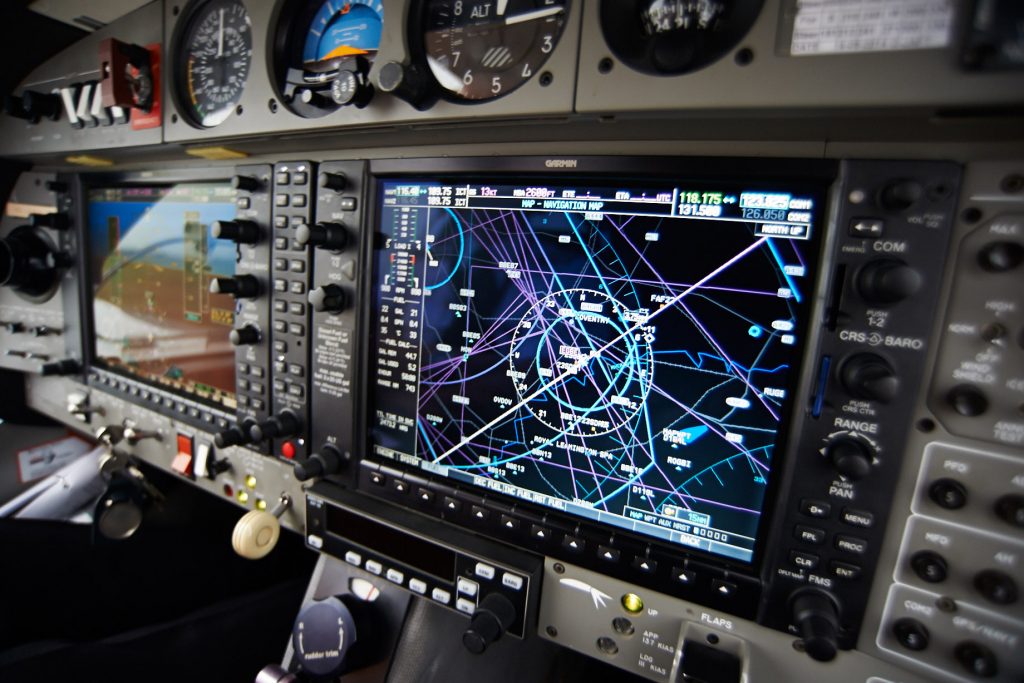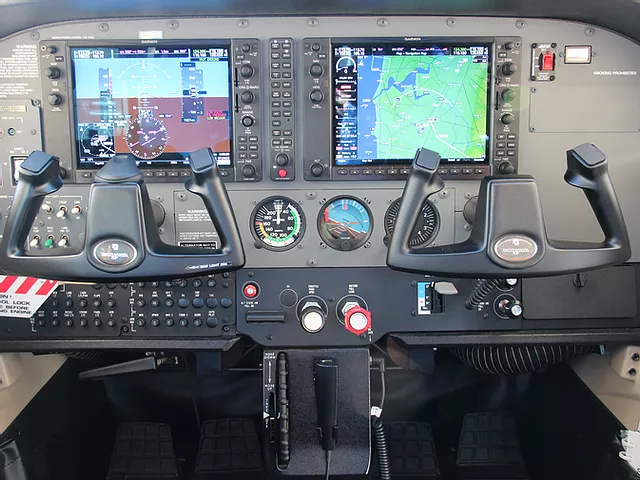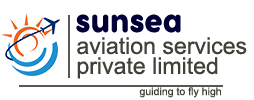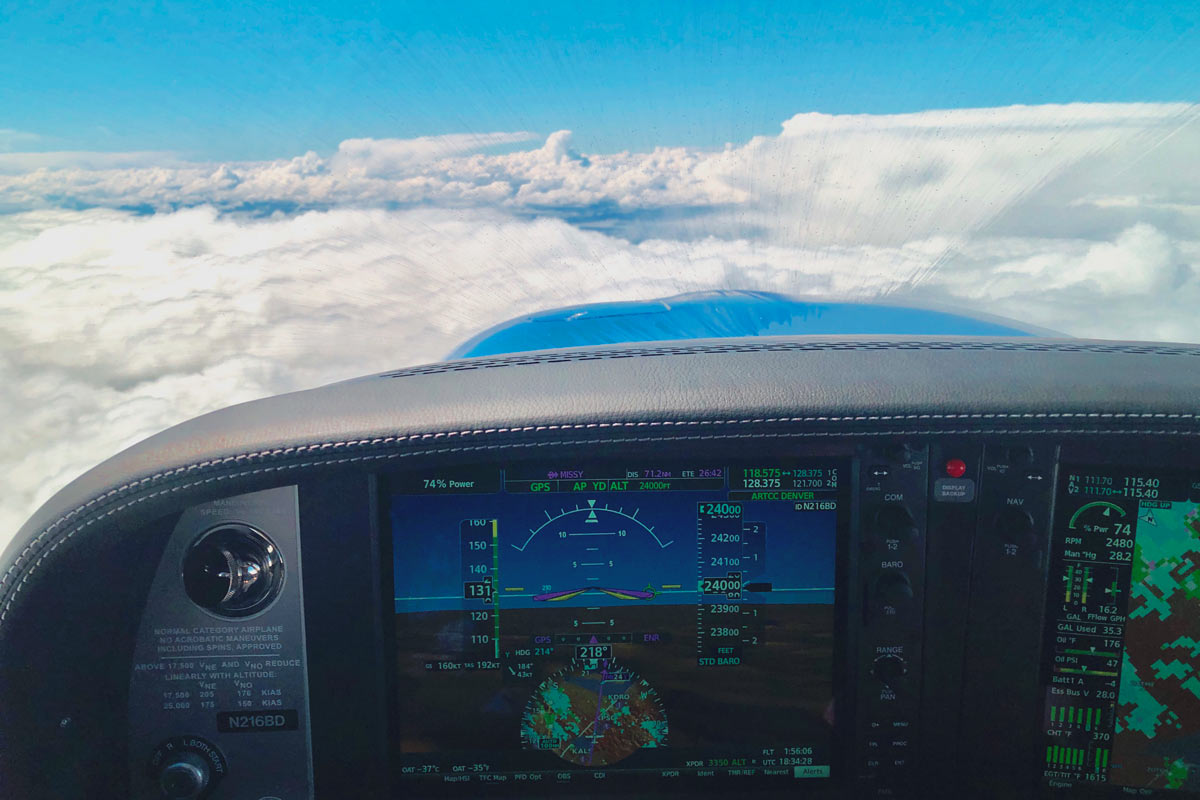Getting your IFR in New Zealand is a significant advance in your profession as a pilot. With an instrument rating, you are not restricted to standard Visual Flight Rules (VFR) and can expand your abilities and flying encounters to consolidate helpless perceivability conditions.
Need to realize how to get your IFR in New Zealand? It’s simple! You will require 40 hours of flight training and three extra hypothesis papers focused around the dependence on instruments for navigational purposes.

Table of Contents
What Is An Instrument Rating?
Single Engine Airplane Instrument Paneling request to fly without the guide of visual navigational signs, a pilot requires an IFR in New Zealand (Instrument Flight Rating). This permits the pilot to fly in or more mists depending exclusively on the instruments of the airplane for route. An instrument-evaluated pilot can fly the airplane without waiting have the option to constantly see the ground, encompassing airspace or the skyline

Sorts Of Aircraft Instrument Ratings
- Multi Engine Instrument Rating (MEIR)
- Single Engine Instrument Rating (SEIR)
Multi Engine Instrument Rating (MEIR)
The multi Engine Instrument rating centers around airplane control, execution and constraints, single motor execution and crisis tasks notwithstanding the standard training subjects. A multi motor rating is all the more expensive because of the extra operational expenses of training in a twin motor airplane. The capacity to work an airplane with more than one motor opens up a more extensive scope of flight openings for any pilots vocation. Pilots leaving on a profession with the aircrafts will require a multi motor instrument rating. There is no CAA composed test for a multi motor extra rating.

Single Engine Instrument Rating (SEIR)
A solitary motor instrument rating is generally the following stage on from finishing your PPL, or as a venturing stone from a CPL to getting a multiengine rating. It permits you to fly a solitary motor airplane under Instrument Meteorological Conditions.

What Is The Difference Between IFR And VFR?
A pilot with just a Visual Flight Rating (VFR) can’t legitimately fly utilizing just the airplane’s instruments for direction. Common Aviation VFR rules express the pilot should keep up Visual Meteorological Conditions (VMC) all through the span of the flight. Basically put a VFR pilot should have a visual on the ground, the airspace encompassing the airplane and the skyline consistently.
A pilot with an IFR in New Zealand , then again, can fly the airplane under Instrument Meteorological Conditions depending on the airplane instruments for its navigational necessities.
How Long Does It Take To Get An Instrument Rating?
The time it takes to finish an instrument rating will, obviously, rely upon the measure of time you have accessible to finish the vital flight training hours, the nearby climate conditions, and airplane and teacher accessibility. Be that as it may, as an overall guide, an instrument rating in New Zealand takes around 3 to 4 months to finish and incorporates a sum of 40 hours of Pilot training time.
Requirements For IFR in New Zealand
To finish the NZ CAA IR Syllabus necessities of an instrument flight rating you will require:
- A Private or Commercial Pilots License
- To log at least 40 hours of instrument pilot training with an IFR evaluated teacher (up to 20 of these can be signed on a Certified IFR Simulator).
- A Class 1 or 2 Aviation Medical Certificate (If you just have a Class 2 Medical, you will be needed to finish extra Class 1 hearing and vision tests)
- A pass on the Instrument Rating Flight Test
- Passes in the three IR hypothesis subjects; Air Law, Navigation-IFR, Instruments and Navigation Aids
- Passes in two CPL papers (in the event that you haven’t got them effectively); Human variables and Meteorology
*Depending on past training, a few pilots might not have the fundamental evening flying hours. PPL holders may have to finish 5 hours late evening training (3 hours solo and 2 hours double guidance) and CPL holders may have to finish 10 hours late evening training (5 hours solo and 5 hours double guidance).
The amount Does It Cost To Get An IFR Rating?
The expense of an IFR in New Zealand will differ contingent upon the kind of airplane utilized for training and the number of your hours you can finish in a Certified IR Simulator yet hope to pay anyplace somewhere in the range of $25,000 and $30,000 (given as an overall guide just, real charges will rely upon your flight training supplier). The all out cost breakdown will incorporate the accompanying viewpoints.
- Fuel. Subject to the distance voyaged.
- Housing Flight Plans. These expenses depend on the most extreme load of the airplane, complete nautical miles voyaged and the size and kind of the air terminals on your flight plan.
- Landing Fees. These will fluctuate contingent upon what air terminal you are operating in
- Hypothesis Costs. To finish the fundamental hypothesis papers
- Test system Hire. Ensured IR Simulator recruit goes from around $160 to $210 each hour.
What Instruments Are Required For IFR in New Zealand?
Flight Instrument Paneling expansion to the base instruments and hardware needed for an airplane, the instruments needed by the CAA for IFR flight in New Zealand are as per the following. You should comprehend the operational usefulness of these instruments while finishing an IFR in New Zealand.
- An airplane mentality marker
- An attractive heading marker
- A satisfactory force supply to gyroscopic instruments
- A delicate altimeter (in feet) and movable for barometric pressing factor
- Outside air temperature check
- A clock showing hours minutes and seconds
- Velocity pointer (in tangles) with a methods for forestalling buildup or icing
- A pace of climb and plunge marker
- Instrument Rating Courses In NZ
While you can acquire your Instrument rating in your ideal airplane separate from your underlying pilot training the accompanying NZ Diploma in Aviation courses incorporate full pilot training and MEIR ratings as a component of the course educational plan.
• Diploma in Aviation – Airline Preparation Level 6
• Diploma in Aviation – Flight Instruction Level 6
• Diploma in Aviation – General Aviation Level 5
Need more data on Becoming Pilot in New Zealand? The New Zealand Diploma in Aviation, or figuring out how to fly in NZ? Contact the Pilot Training experts at Sunsea Aviation Services today!
Follow us on Facebook
For Aviation News Follows on Aviation news site

